Diamond Skin Disease In Pigs
Diamond skin disease in pigs. Diamond skin disease also known as Erysipelas is caused by the Erysipelothrix rhusiophathiae bacterium found on most pig farms. It is treated with antibiotic injections. Mortality can occur due to greasy pig disease in severe cases that are left untreated.
Chronic Erysipelas can be associated with endocarditis or arthritis but usually without skin involvement. According to the Pig Sites Quick Disease Guide up to 50 of animals may carry the bacteria in their tonsils. This disease can be prevented by vaccination.
They will often be lying down and showing other signs of dis-ease. However contaminated feed and water. The bacterium is found in the environment and can survive in soil or waste for 6 months.
Erysipelas Diamond Skin Disease Erysipelas is caused by a type of bacteria called Erysipelothrix rhusiopathiae. It is carried by birds and rodents. Acute erysipelas cannot easily be differentiated clinically from other septicaemic diseases such as Actinobacillus suis but the combination of sudden death in previously normal pigs fever stiff gait and a reluctance to move but.
Erysipelas also called diamond skin disease is a bacterial disease that can be fatal. Swine erysipelas is caused by a bacterium Erysipelothrix rhusiopathiae. Diamond skin refers to the affected pigs de-veloping large dark red diamond-shaped patches on the skin.
Pigs and turkeys are most commonly affected but cases have been reported in other birds sheep fish and reptiles. They may be easier to feel than to see in the early stages and often resolve over 7 to 10 days. Characteristic skin lesions may also be evident as large 10 to 50mm raised diamond shaped areas over the body that may turn from red to black.
Typically the most common louse found in pig herds is the large Haematopinus suis 5-6mm found in skin folds around the neck and jowl the ears the legs and the flanks. The lesions first appear as dark spots on the skin which spread and become flaky with a greasy feel.
Diamond-shaped skin lesions are pathognomonic for swine erysipelas.
Typically the most common louse found in pig herds is the large Haematopinus suis 5-6mm found in skin folds around the neck and jowl the ears the legs and the flanks. Exudative dermatitis greasy pig disease This disease is caused by an infection with the Staphylococcus hyicus bacteria and it manifests through skin lesions. Mortality can occur due to greasy pig disease in severe cases that are left untreated. This is a case of Erysipelas or Diamond skin disease Erysipelothrix rhusiopathiae. Diamond-shaped skin lesions are pathognomonic for swine erysipelas. Erysipelas also called diamond skin disease is a bacterial disease that can be fatal. The pig will usually have a fever and. The lesions first appear as dark spots on the skin which spread and become flaky with a greasy feel. Erysipelas Diamond Skin Disease Erysipelas is caused by a type of bacteria called Erysipelothrix rhusiopathiae.
The lesions first appear as dark spots on the skin which spread and become flaky with a greasy feel. Click to see full answer. Marked hyperkeratosis and acanthosis are seen in a pig with chronic sarcoptic mange infection. What causes diamond skin disease in pigs. Microscopic section of skin containing numerous mites in hair follicles of a pig infected with Demodex phylloides. The lice are a yellow-brown colour and can be seen with the naked eye most clearly on white pigs. Many organs in the pigs body can be involved in the disease.
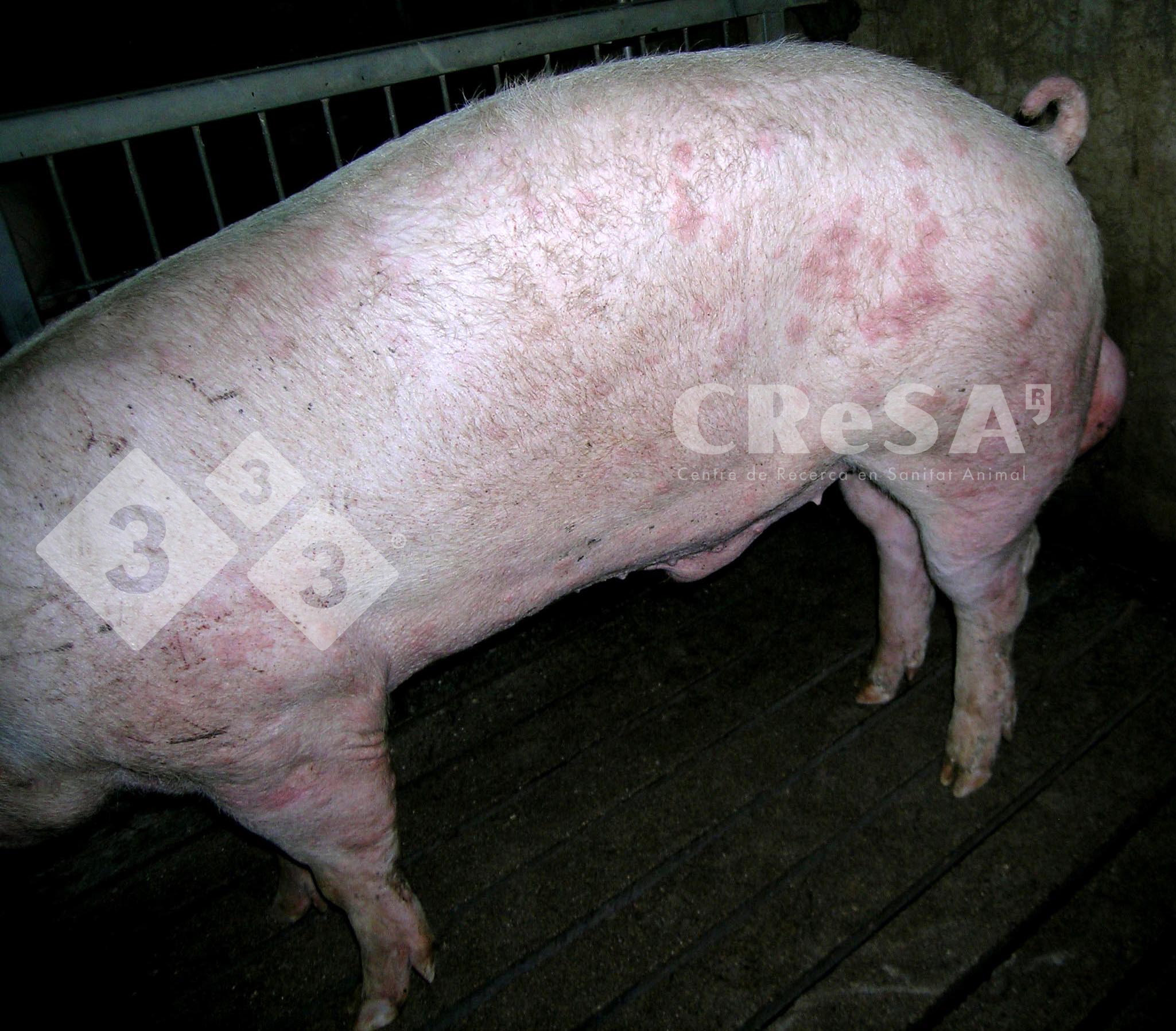
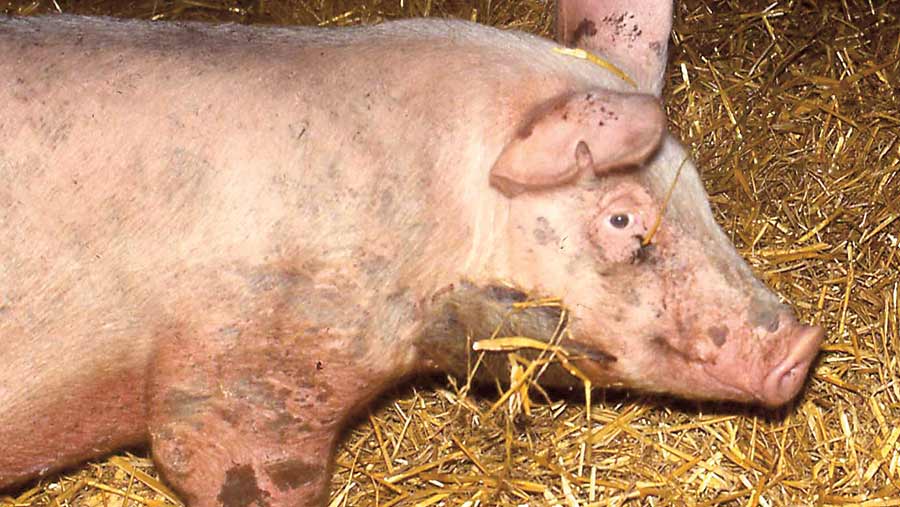


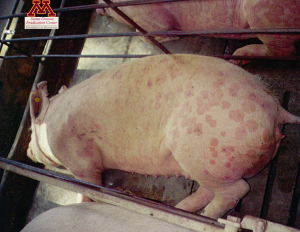
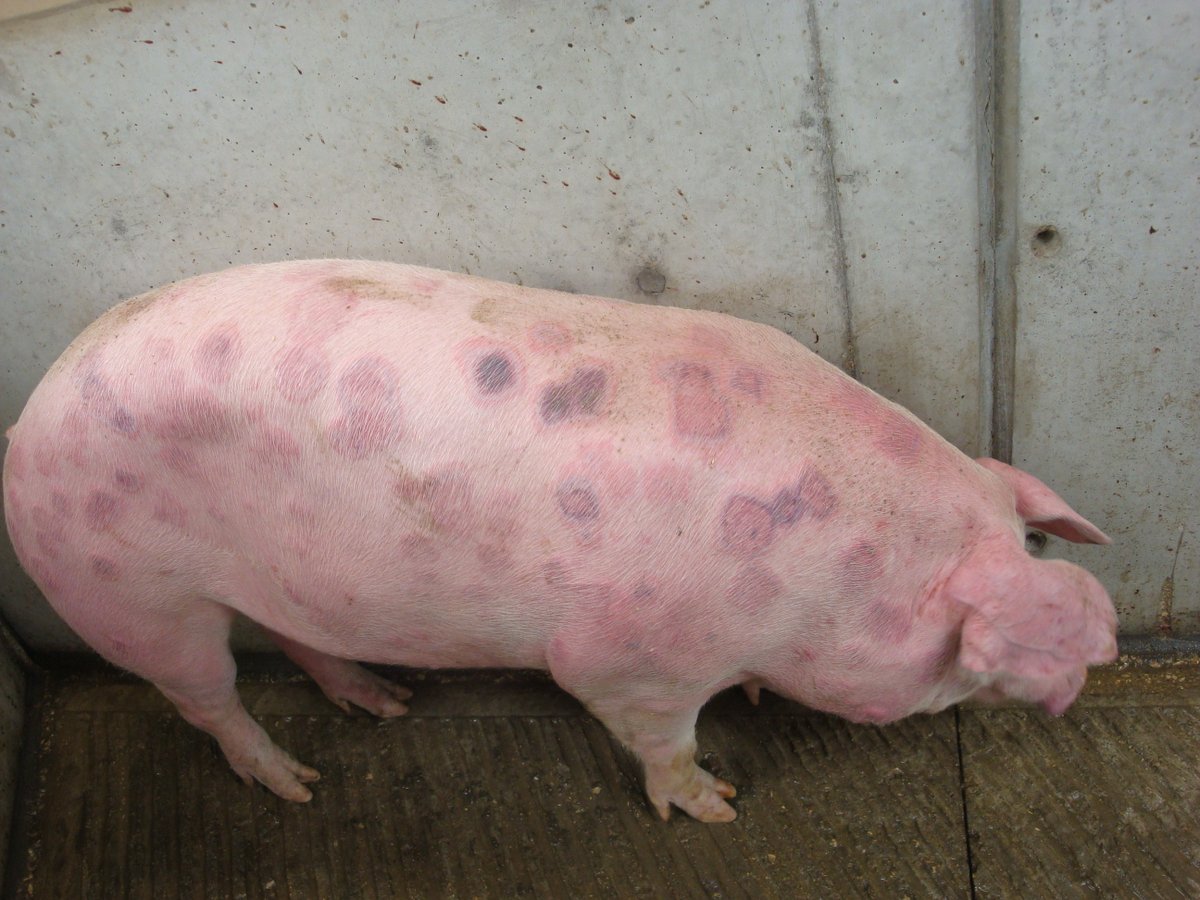
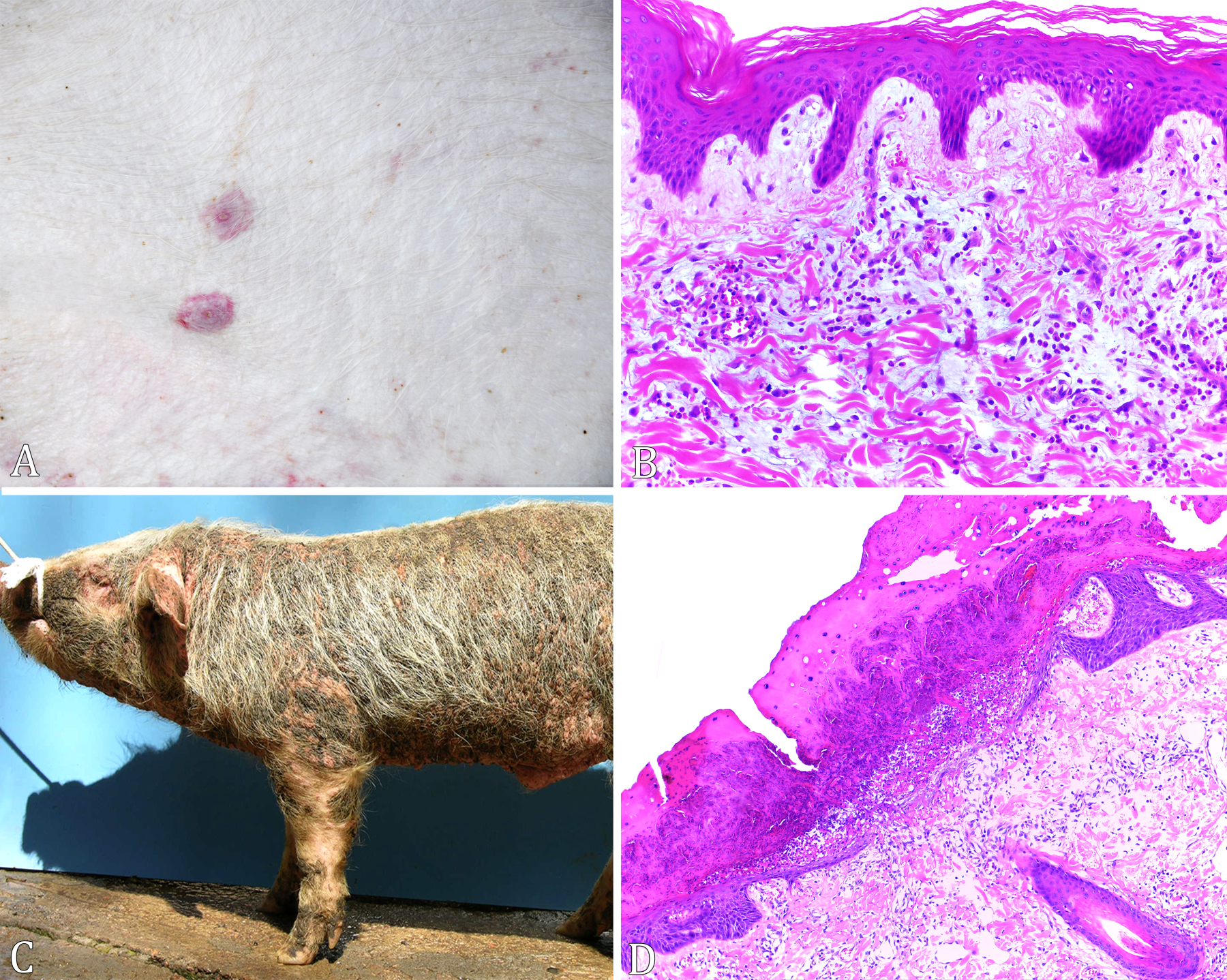
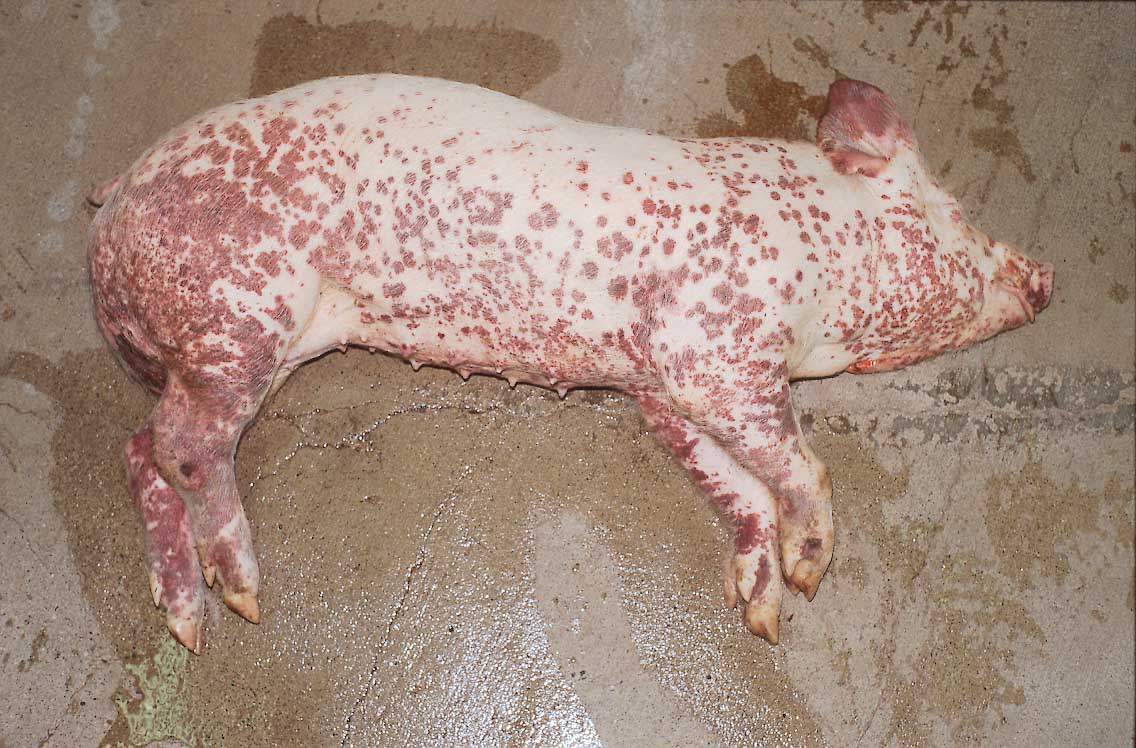
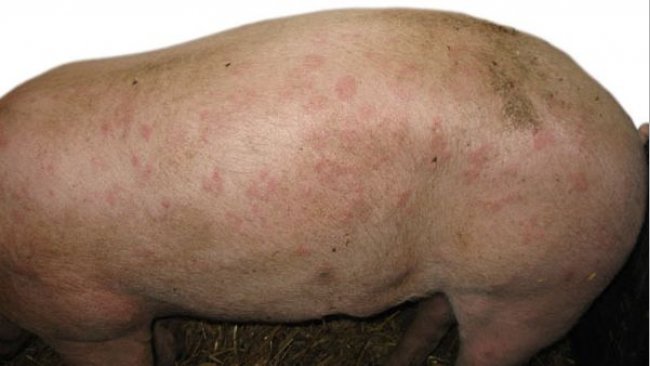

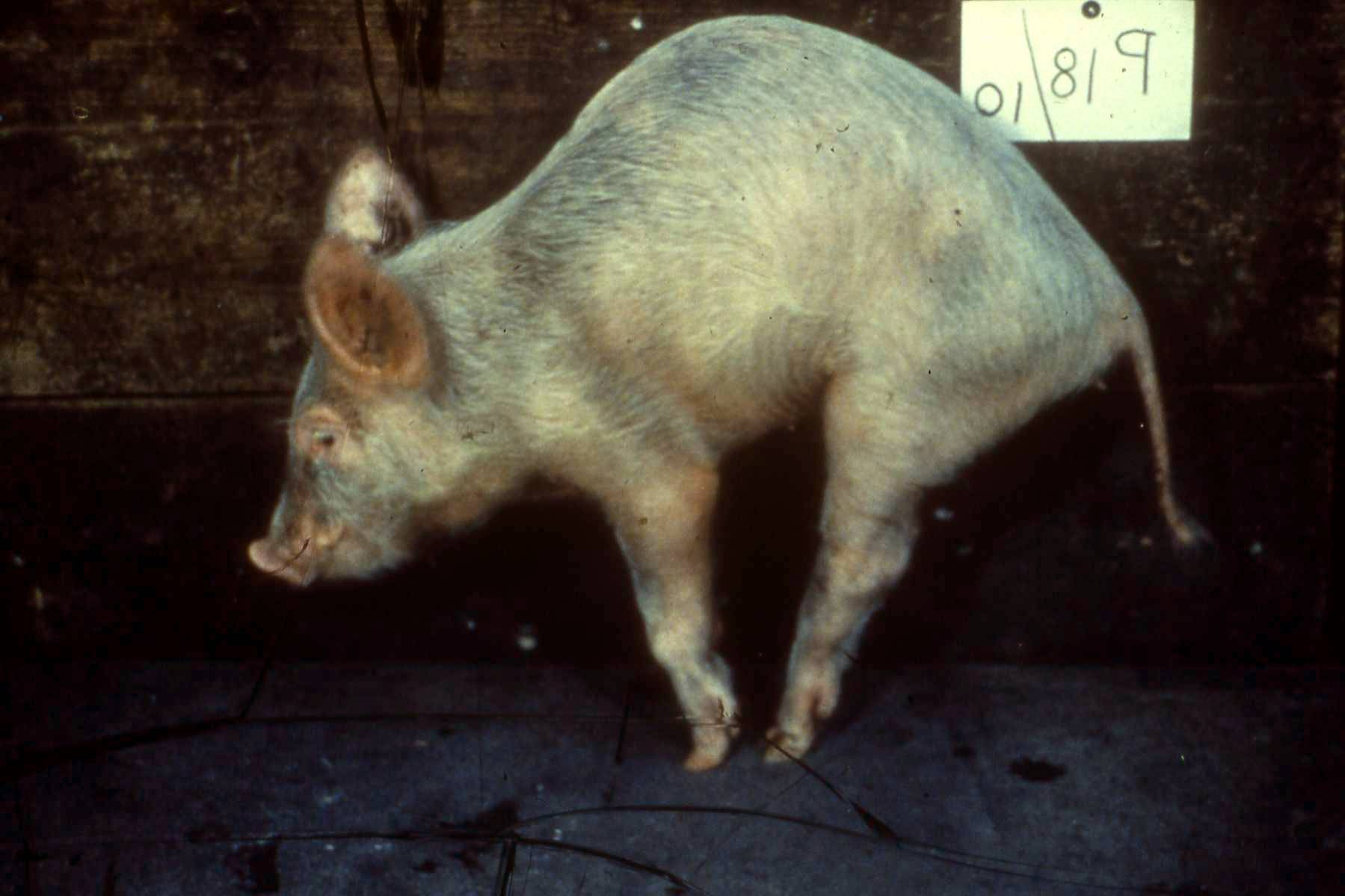
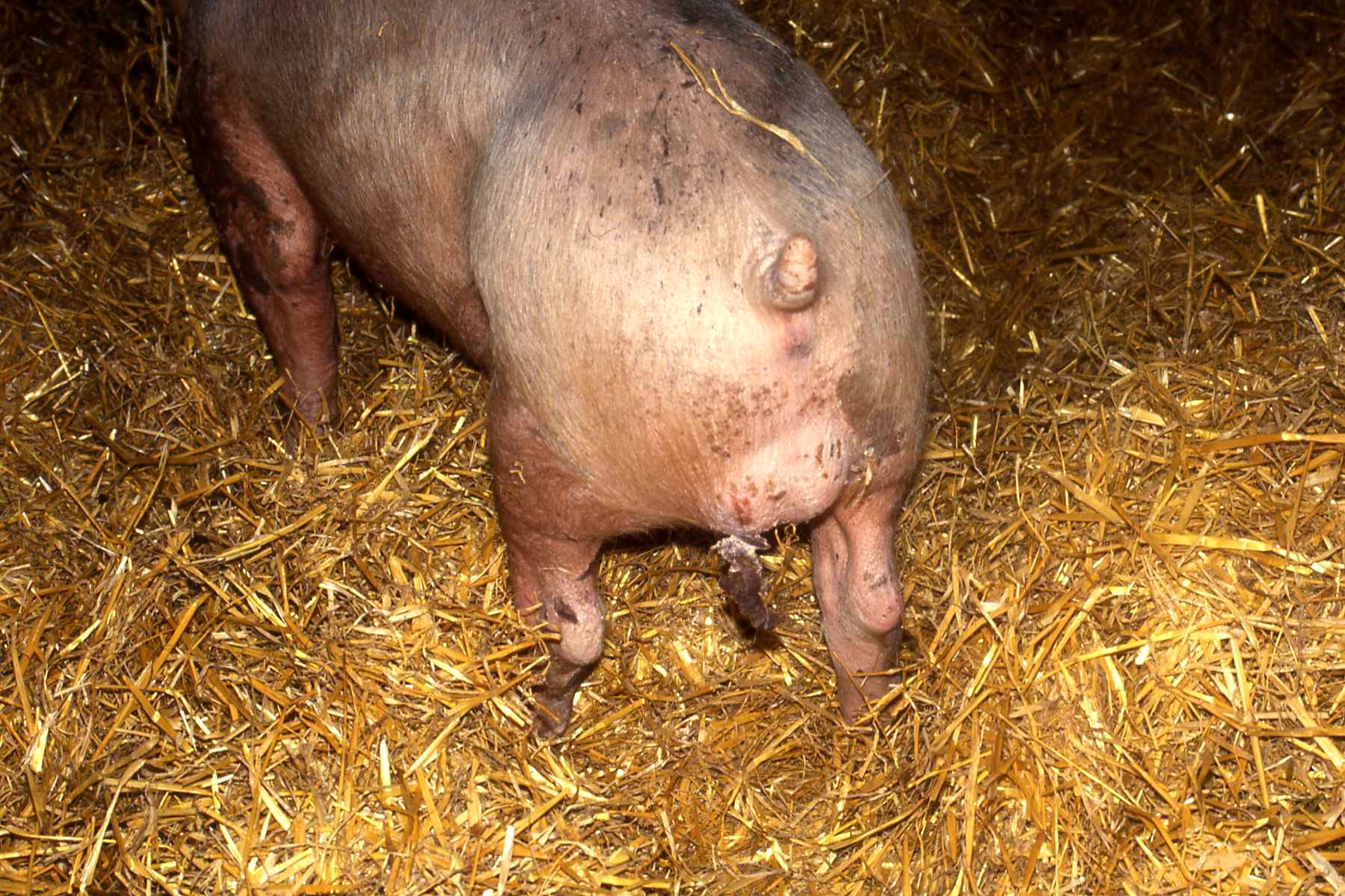



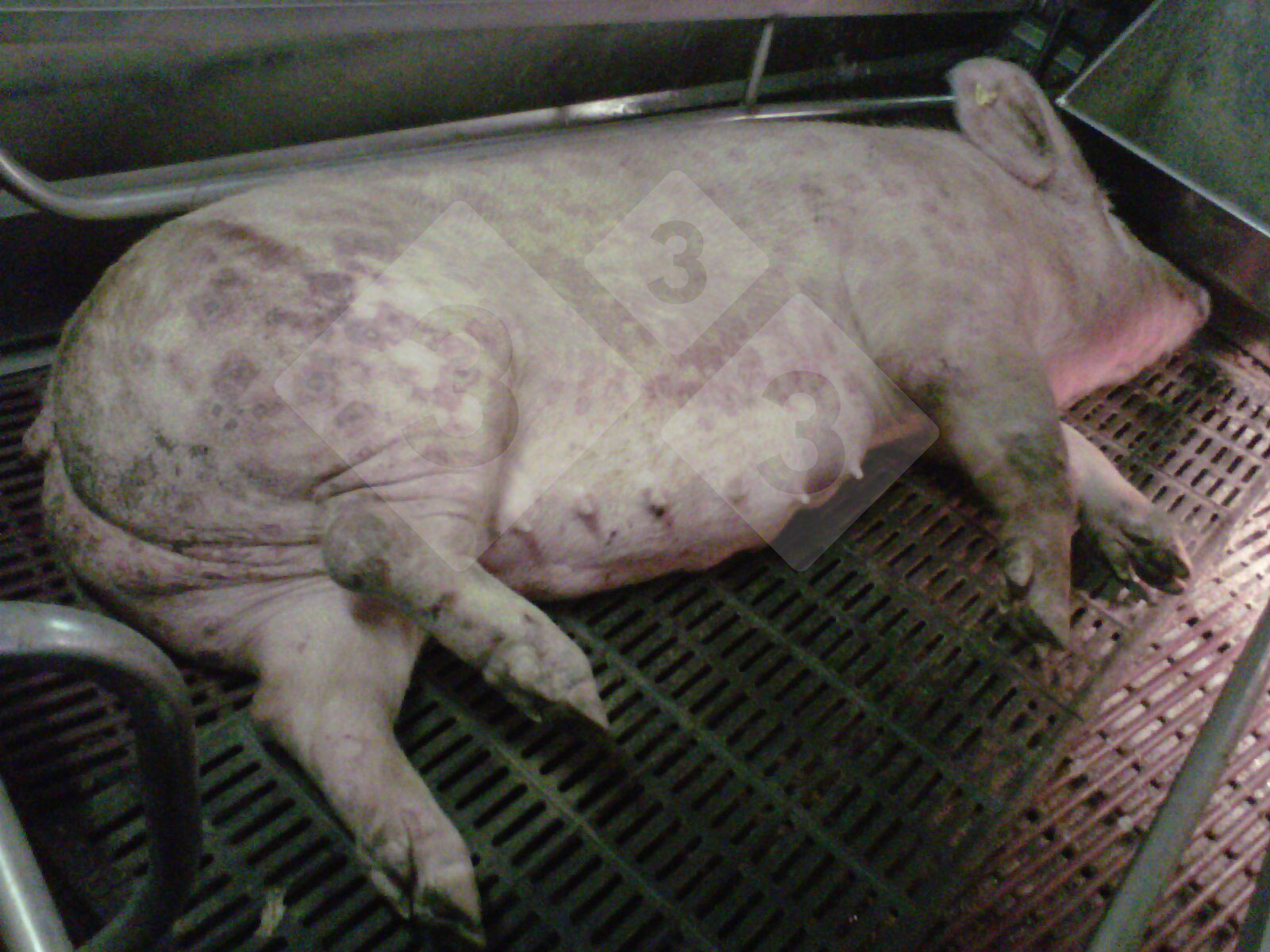
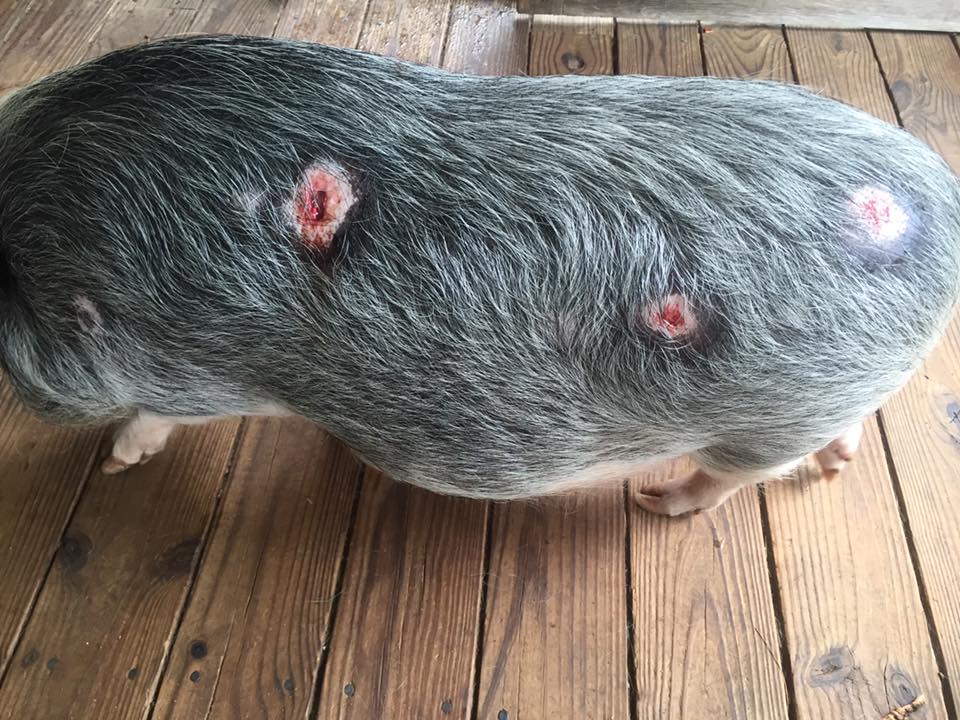
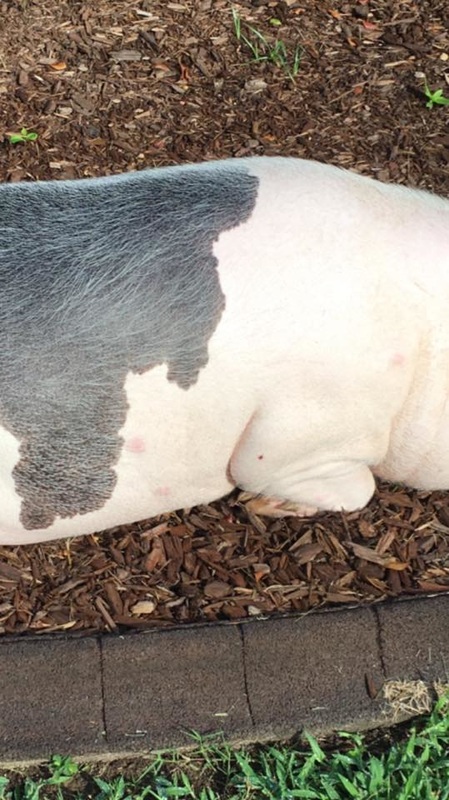
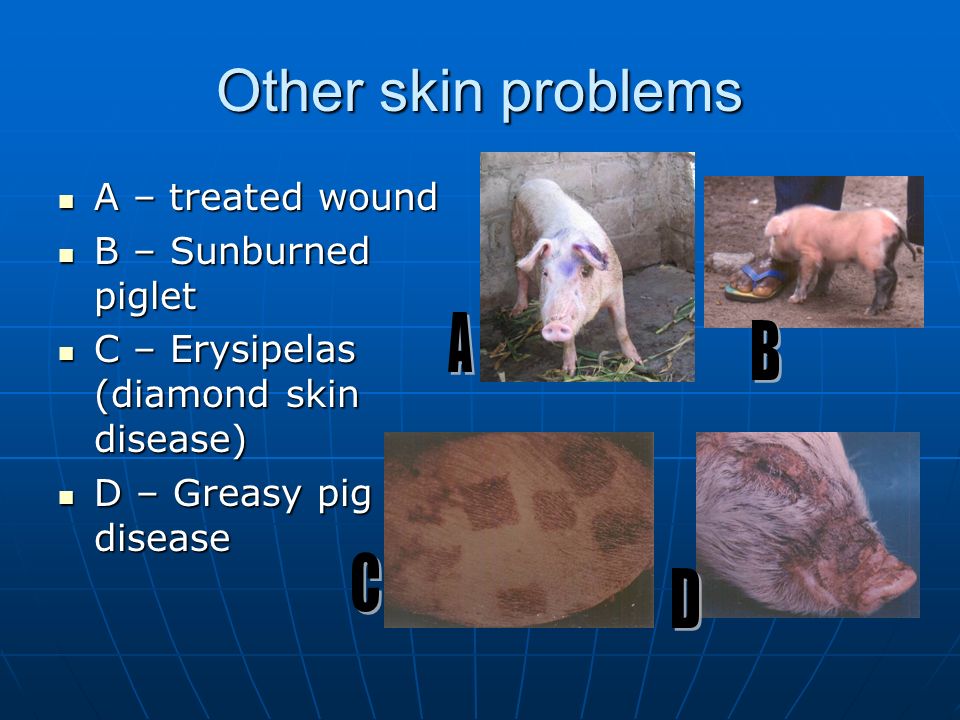
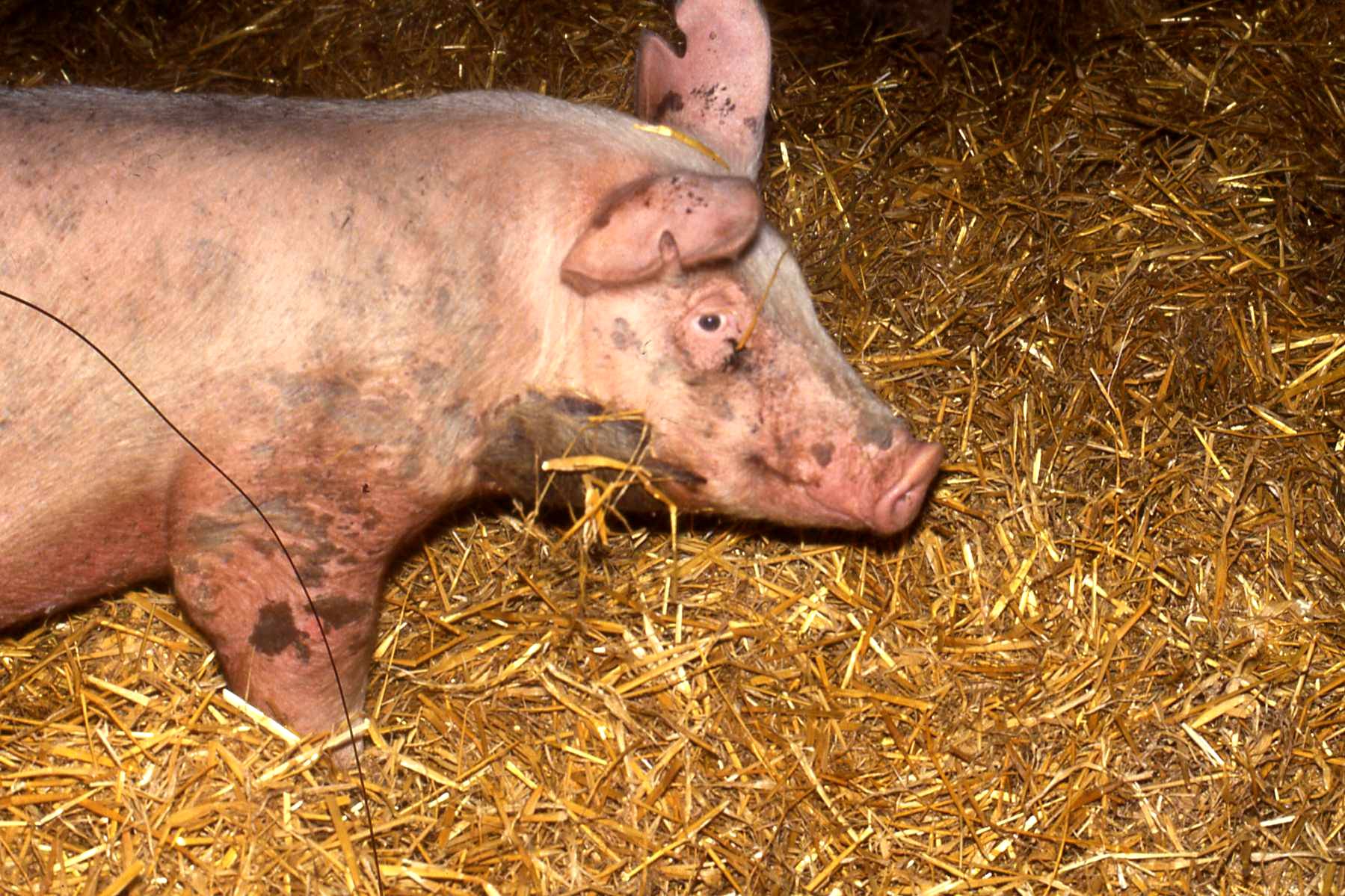

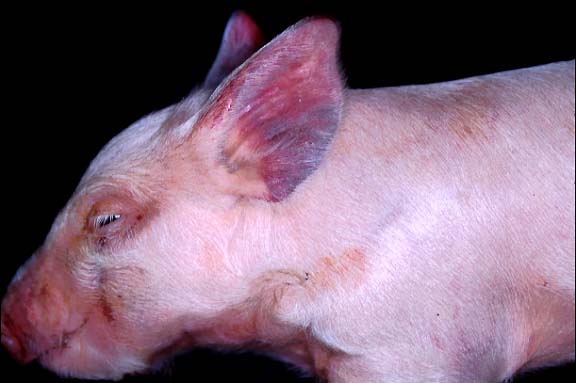
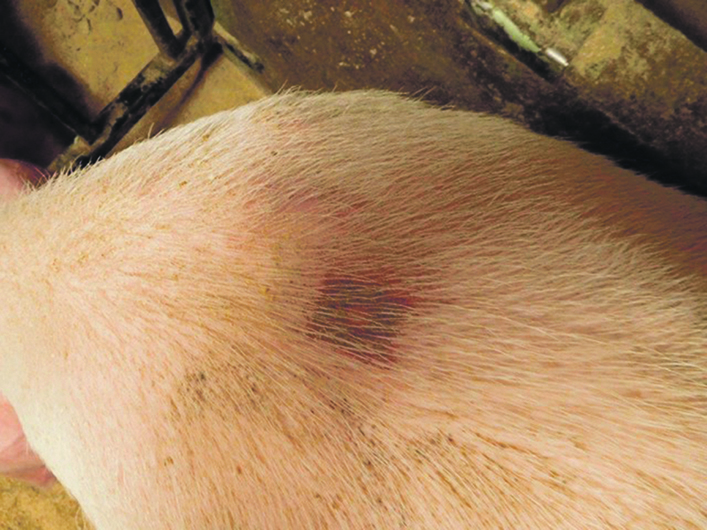

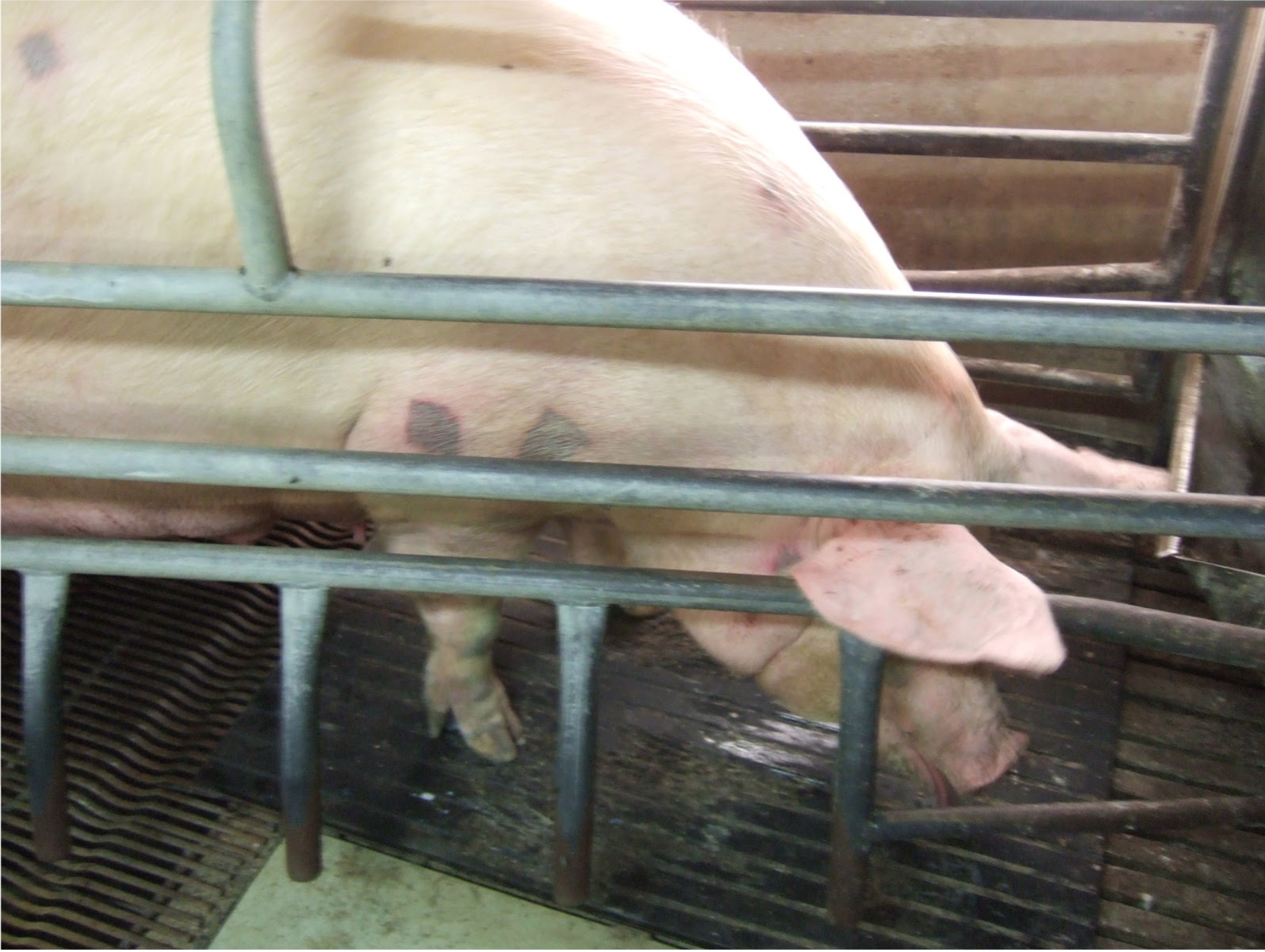
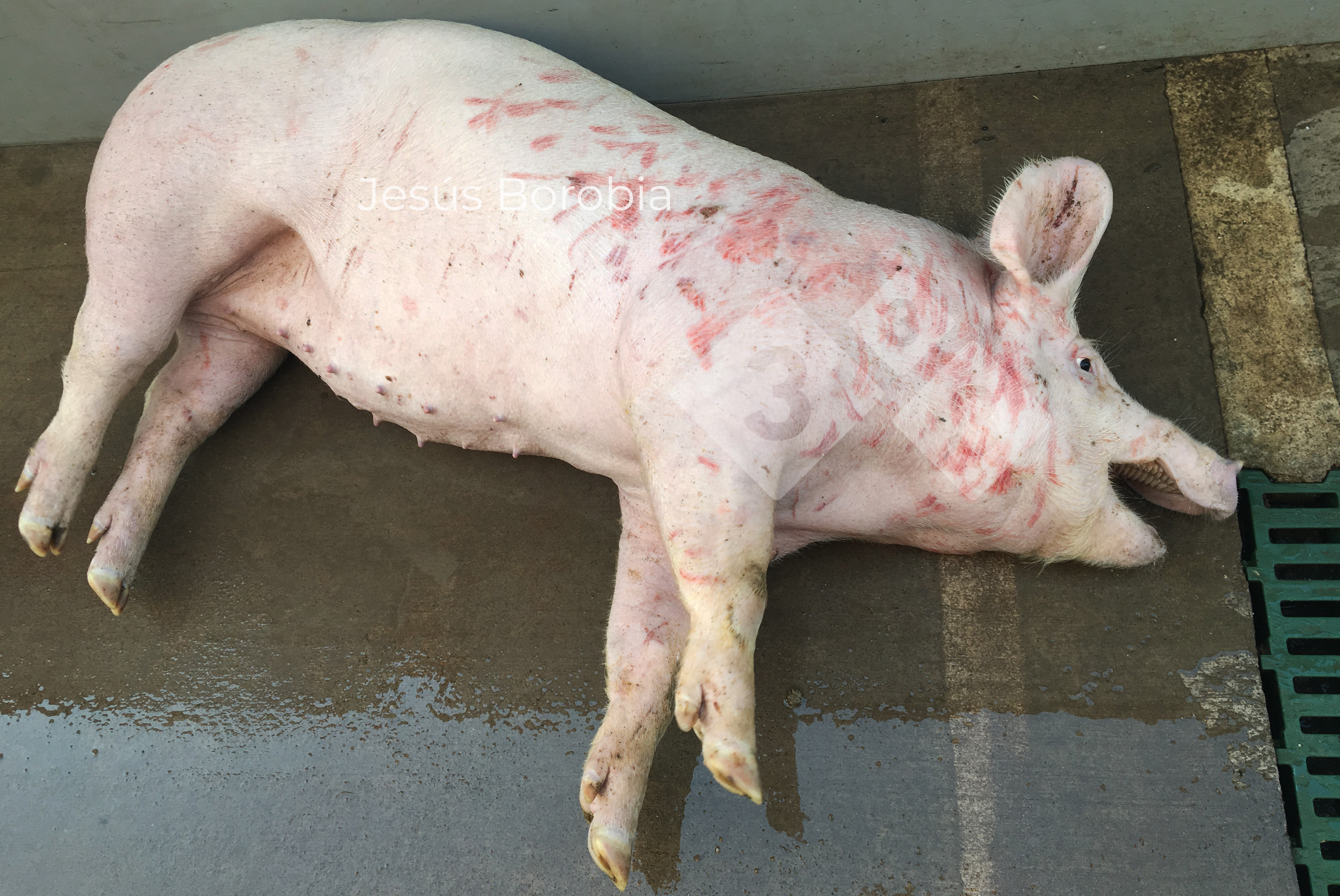
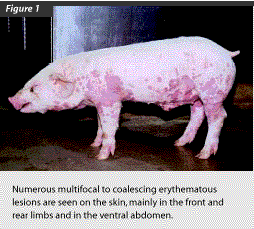
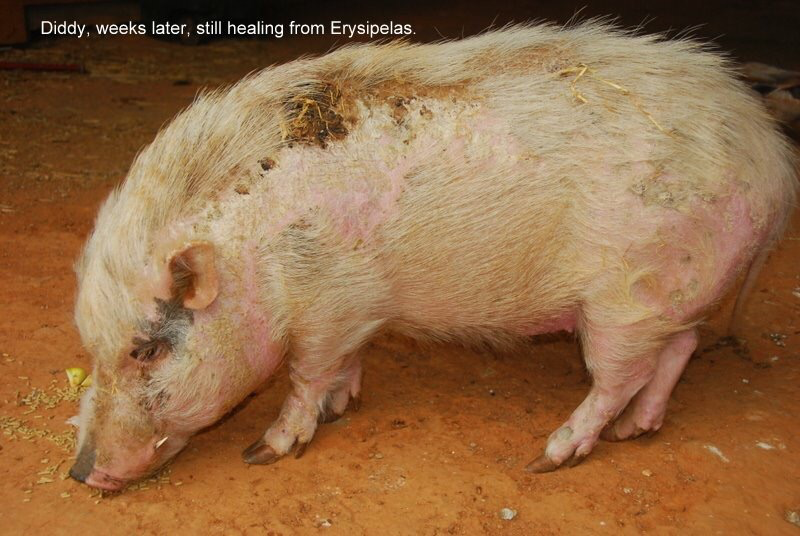
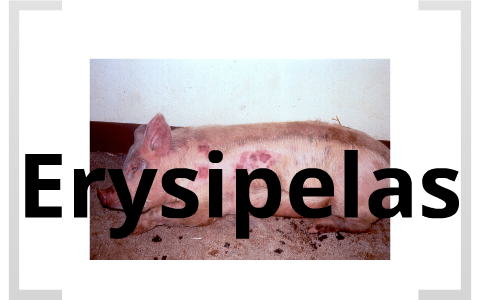




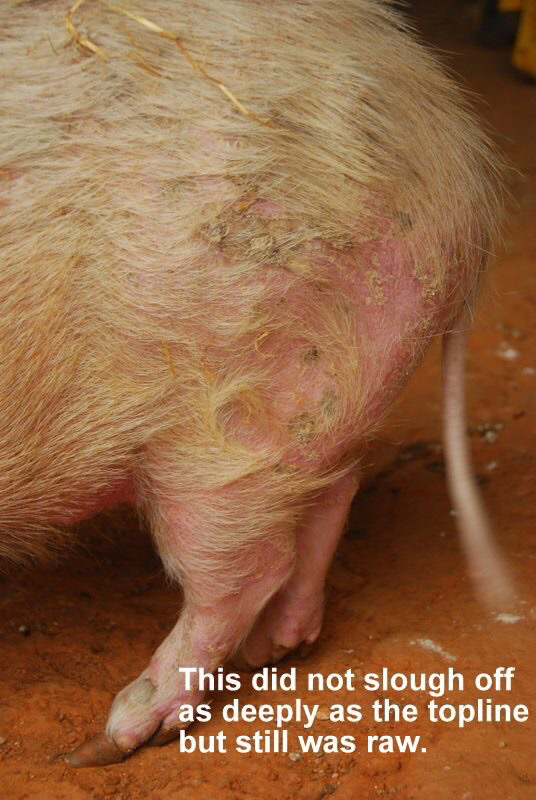



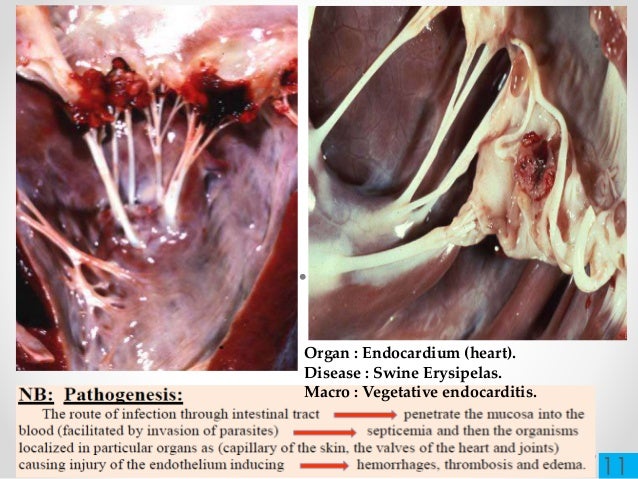
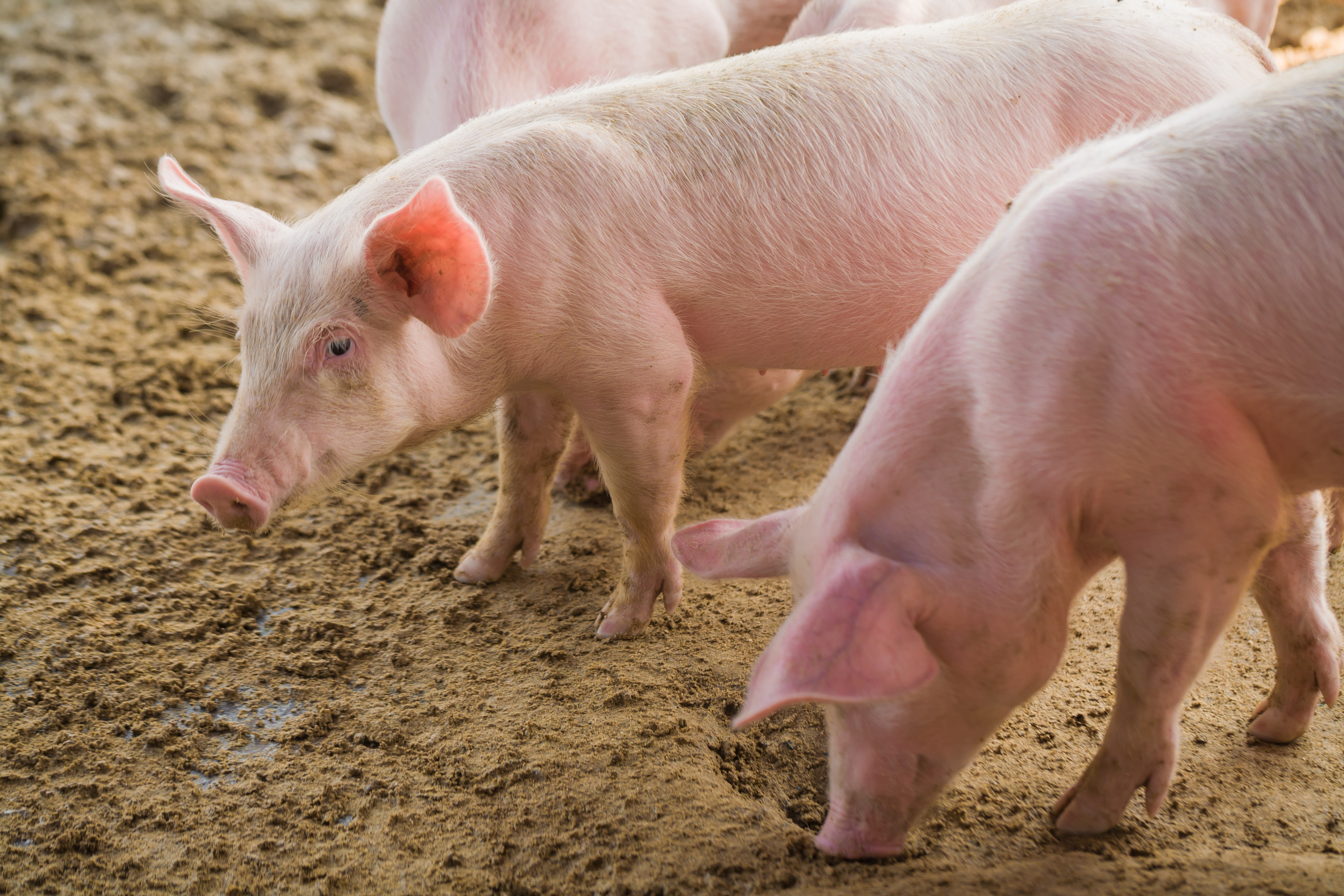

Post a Comment for "Diamond Skin Disease In Pigs"